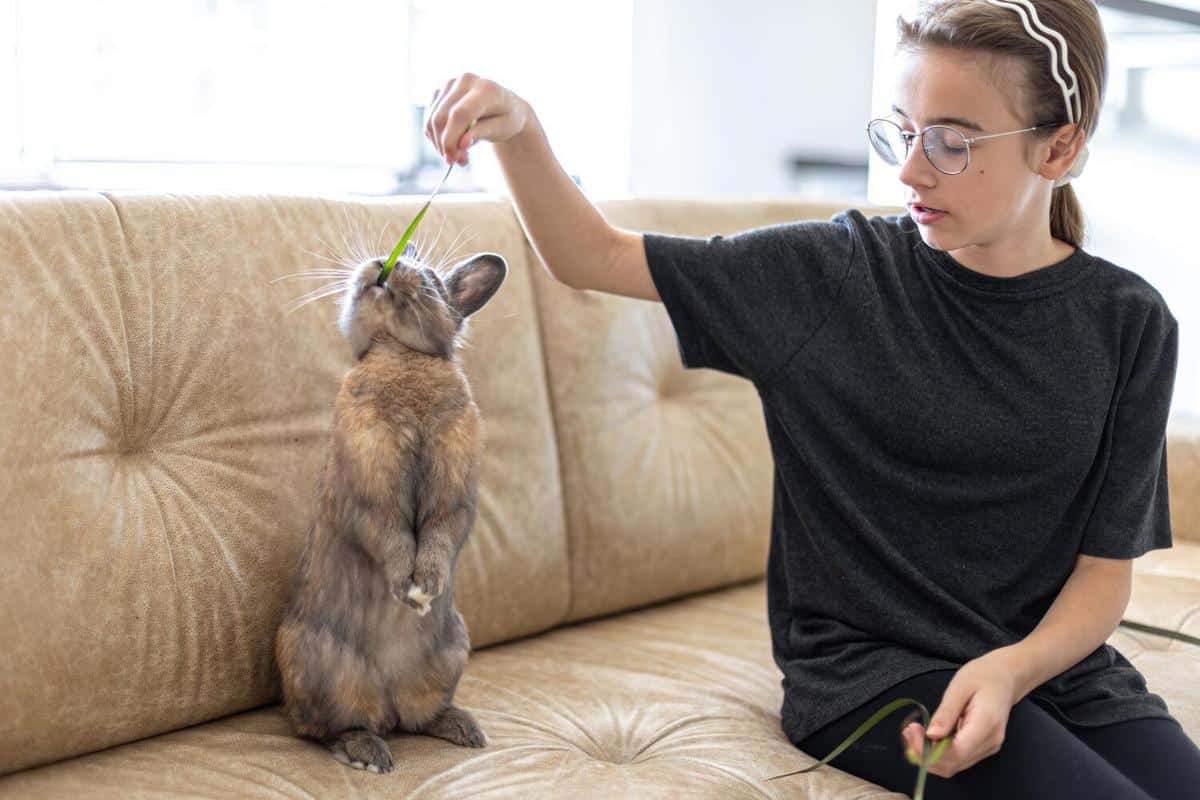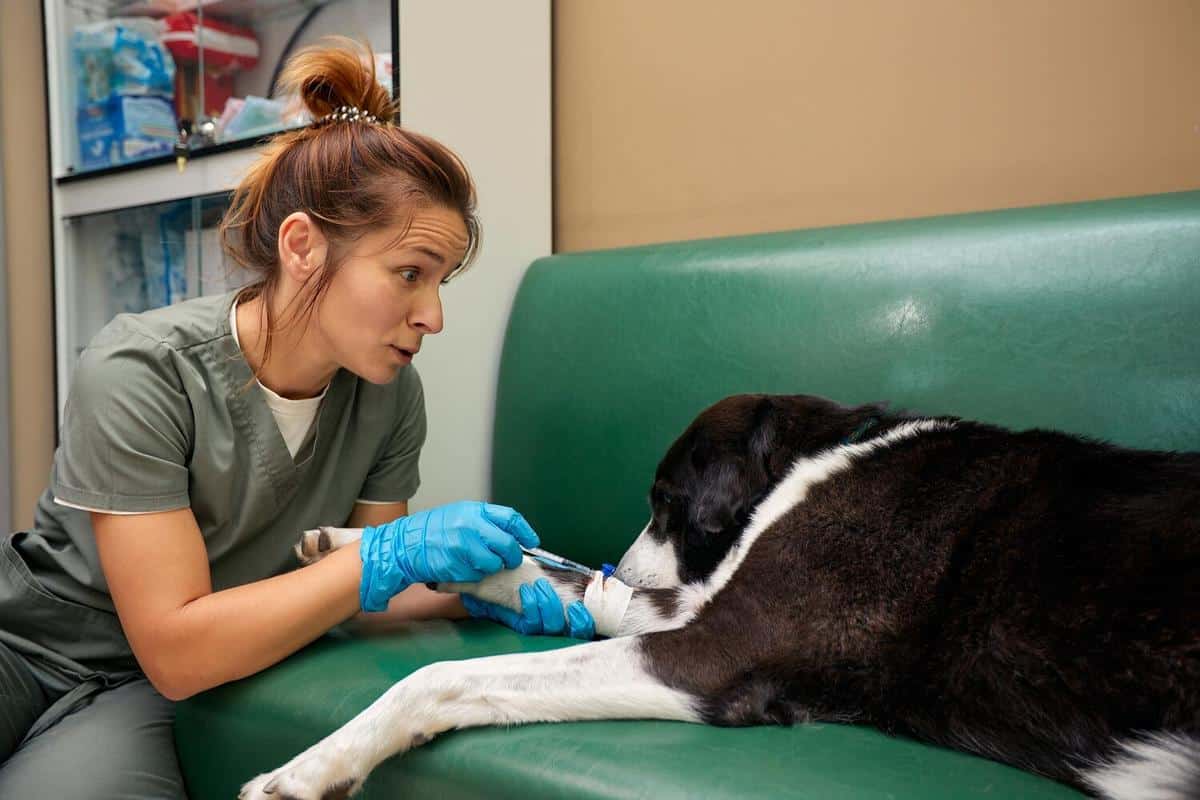
Top Tricks to Teach Your Pet This Year
Training your pet can be an enjoyable and rewarding experience for both you and your furry friend. With the right tricks, you can not only enhance your pet’s behavior but also strengthen your bond.
Understanding the Basics of Pet Training
Before diving into specific tricks, it’s crucial to understand the foundation of pet training. Consistency, patience, and positive reinforcement are key elements. According to Dr. Andrea Roberts, an animal behaviorist, “Positive reinforcement, such as treats or praise, encourages pets to repeat desired behaviors.” This approach is backed by numerous studies showing its effectiveness in animal training.
Top Tricks to Teach
Here are some engaging tricks that can bring joy and discipline to your pet’s life:
- Roll Over: A classic trick that delights onlookers.
- Shake Hands: Simple yet impressive, this trick is a great starting point.
- Play Dead: A dramatic and entertaining trick.
- Fetch: Encourages exercise and interaction.
- Speak: An excellent way to manage vocal pets.
Benefits of Teaching Tricks
Training your pet offers numerous benefits. It stimulates their mind, provides physical exercise, and can even improve their social skills. A well-trained pet is often more confident and less anxious.
Actionable Tips for Success
For effective training, consider these tips:
- Use short, consistent commands.
- Train in a distraction-free environment.
- Keep sessions short, around 10-15 minutes.
- Always end on a positive note.
Start training with basic tricks and gradually move to more complex ones as your pet becomes more comfortable.
Personal Experience
When teaching my dog to fetch, I noticed that using his favorite toy made the process faster and more enjoyable for him. This personal touch can make a significant difference in your training sessions.
Resources for Further Learning
For those interested in diving deeper into pet training, consider visiting [American Kennel Club](https://www.akc.org) for comprehensive guides and tips.
Comparison of Training Techniques
| Technique | Description | Difficulty |
|---|---|---|
| Positive Reinforcement | Using rewards to encourage behavior. | Easy |
| Clicker Training | Using a clicker as a marker for good behavior. | Moderate |
| Modeling | Demonstrating desired behavior. | Hard |
| Verbal Commands | Using voice commands to guide actions. | Easy |
| Target Training | Using a target stick to guide movement. | Moderate |
| Electronic Training | Using electronic devices for behavior correction. | Hard |
| Lure Training | Using treats to guide your pet. | Easy |
| Leash Training | Using a leash to control and guide. | Moderate |
Frequently Asked Questions
How often should I train my pet?
Regular short sessions are more effective than infrequent long ones. Aim for daily training of about 10-15 minutes.
What if my pet doesn’t learn a trick?
Be patient and try to understand any obstacles. Adjust your technique and ensure you’re using positive reinforcement.
Conclusion
Teaching your pet new tricks is a fulfilling endeavor that enhances your relationship and improves their behavior. By following expert advice and practicing regularly, you can ensure a successful training experience.


